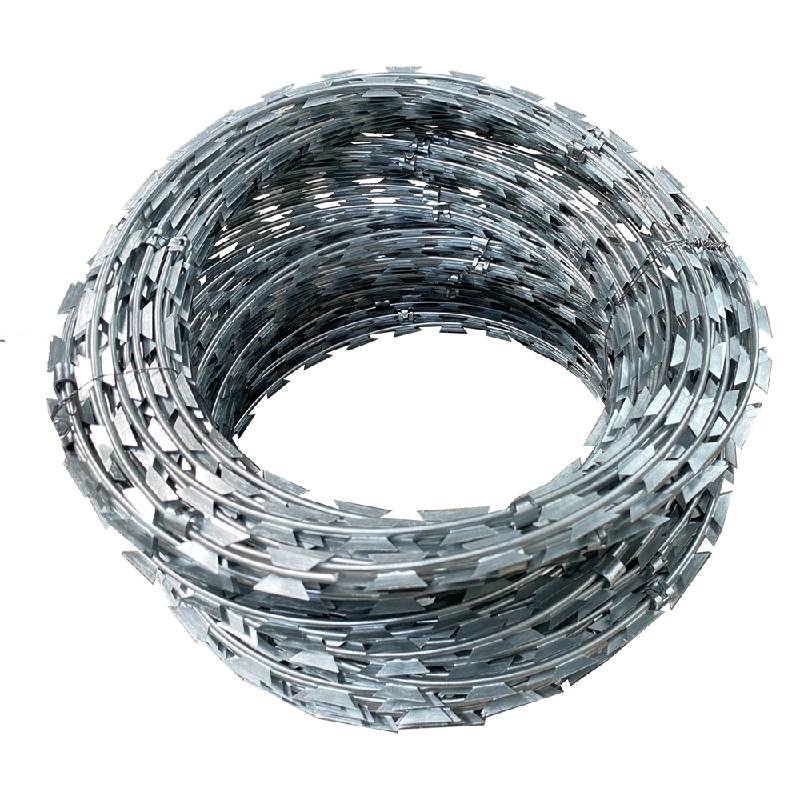removing nails from wood
Removing Nails from Wood Techniques and Tips
Working with wood often involves the use of nails, and over time, you may find yourself needing to remove them, whether it’s for repurposing old wood, making repairs, or during a renovation. Although it may seem straightforward, removing nails can be tricky and may damage the wood if not done correctly. In this article, we’ll explore various techniques and tips for efficiently and safely removing nails from wood.
Understanding the Types of Nails
Before diving into the removal process, it’s beneficial to understand the types of nails you may encounter. Common types include
1. Common Nails Thick and sturdy, they are typically used for framing. 2. Finishing Nails Smaller and designed for more aesthetic applications, they often leave a smaller hole. 3. Brad Nails Even thinner than finishing nails, brads are used for delicate work, often in craft applications.
Each type of nail requires a slightly different approach for removal.
Tools You Will Need
To successfully remove nails, it’s wise to have the right tools on hand
- Claw Hammer A basic tool for almost any nail removal task. - Pry Bar or Flat Bar Provides better leverage for deeper or stubborn nails. - Nail Puller A specialized tool designed specifically for removing nails. - Drill Useful for removing nails that are particularly stubborn or broken.
Step-by-Step Nail Removal Techniques
For nails that are protruding above the wood surface, a claw hammer can be an effective tool. Follow these steps
- Position the Hammer Place the claw of the hammer under the nail head. - Leverage Gently rock the hammer to begin lifting the nail. Ensure you apply even pressure to avoid splitting the wood. - Pull the Nail Once the nail starts to come out, pull the hammer towards you while using a block of wood as a fulcrum to protect the surface of the wood.
2. Using a Pry Bar
removing nails from wood

For nails that are flush with or below the surface of the wood
- Insert the Pry Bar Slip the mouth of the pry bar under the nail head. - Leverage and Rocking Motion Push down on the other end of the pry bar to lift the nail. Again, ensure you’re using a scrap piece of wood to prevent damage to the surrounding area.
3. Using a Nail Puller
When facing stubborn or broken nails, a nail puller can offer a significant advantage.
- Select the Right Size Choose a nail puller that fits snugly around the nail. - Grip and Pull Clasp the tool firmly around the nail and squeeze the handles together to extract the nail.
Dealing with Broken Nails
Occasionally, nails can break off at the surface. In such cases
- Drilling Use a drill with a slightly larger bit than the nail diameter to drill through the nail and into the wood. This will weaken the nail’s grip and allow you to remove the remaining piece with pliers. - Using a Screw Extractor If the nail is particularly stubborn, a screw extractor may be used to grip and extract the remaining piece.
Minimizing Damage
Throughout this process, it’s important to minimize potential damage to the wood, especially if it’s a surface you intend to reuse. Here are some tips
- Apply Pressure Carefully Avoid using excessive force, which can split the wood. - Protect the Surface Always use a protective block of scrap wood under your tools. - Fill the Holes After nail removal, consider filling the holes with wood filler to restore the appearance of the wood.
Conclusion
Removing nails from wood doesn’t have to be a daunting task. With the right tools and techniques, you can accomplish this efficiently while minimizing damage to the wood. Whether you’re reclaiming old lumber for a new project or just making room for repairs, mastering the art of nail removal will make your woodworking endeavors much more enjoyable. Happy woodworking!
-
Space-Saving Chain Fence Hacks Vertical Gardening with Cyclone MeshNewsJul.16,2025
-
Innovations in Iron Nail Wire Production for Modern ConstructionNewsJul.16,2025
-
Creative Uses of Wire Netting Fence in Modern Landscape DesignNewsJul.16,2025
-
Barbed Wire Fence Innovations in Anti-Climb TechnologyNewsJul.16,2025
-
Architectural Uses of Umbrella Nails for Aesthetic Roof DesignsNewsJul.16,2025
-
Architectural Uses of Razor Barbed Wire in Secure Urban DesignNewsJul.16,2025




